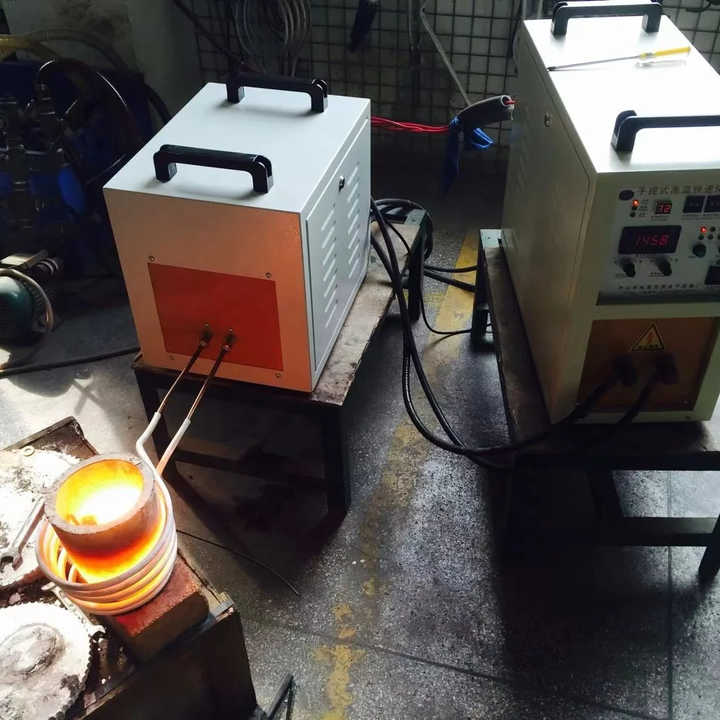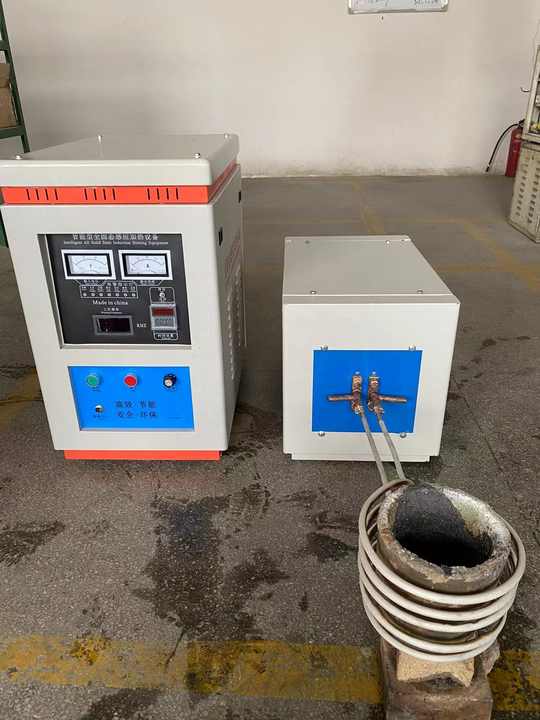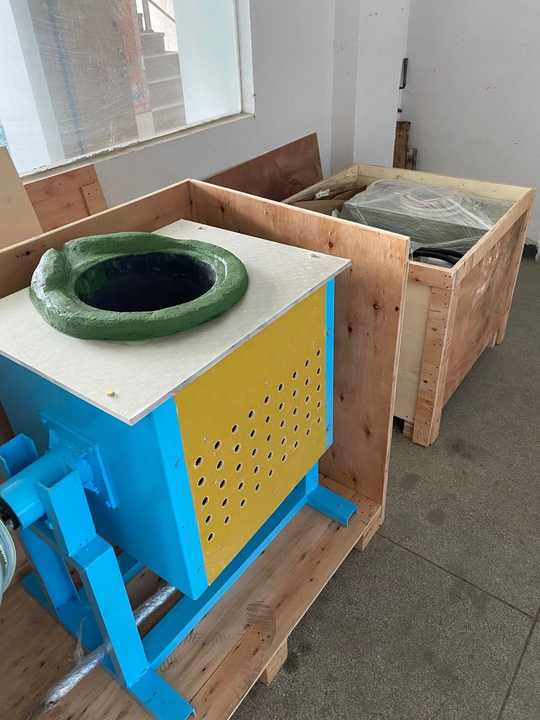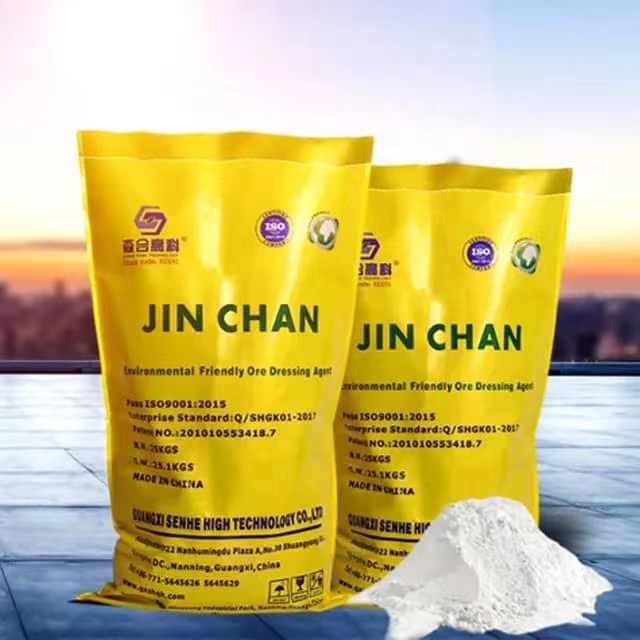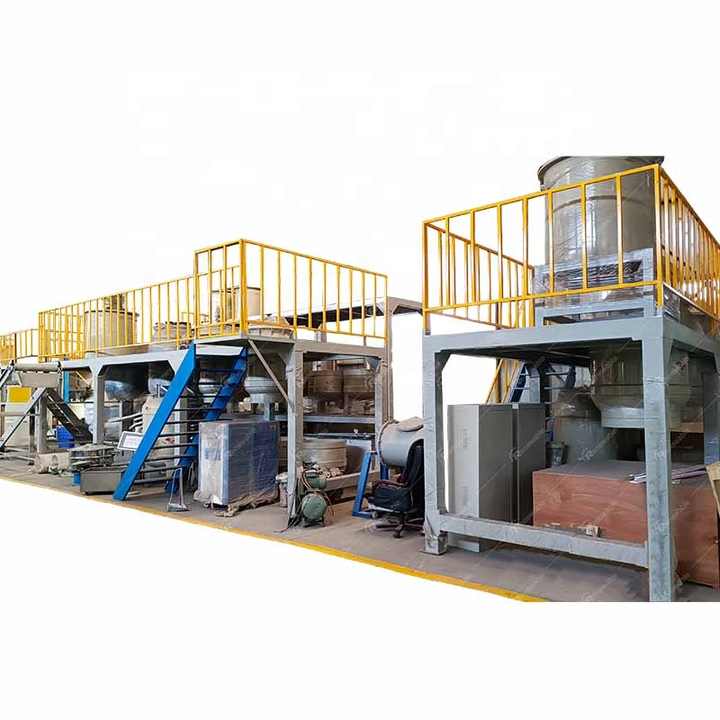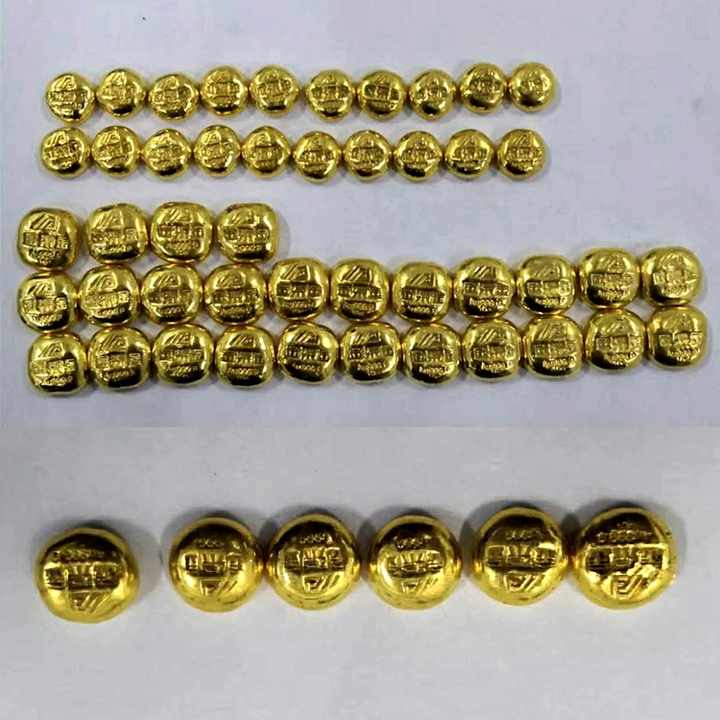gold refining cost
Understanding Gold Refining Cost
Gold refining is a complex process that involves extracting pure gold from raw materials, whether it’s mined ore, scrap metal, or old jewelry. The cost of refining gold can vary significantly based on various factors. Understanding the intricacies of gold refining cost is essential for both individuals and businesses that engage in the refining process. This article explores the elements that impact the cost, the stages of refining, and how to minimize expenses.
Factors Influencing Gold Refining Cost
Type of Gold Material
The source of gold can have a considerable effect on the gold refining cost. Gold extracted from ores or mined gold typically requires more intensive refining than gold recovered from scrap or jewelry.
- Gold Ore: Refining gold from ore is more labor-intensive due to the complexity of extracting gold from the raw material. This often results in higher costs.
- Scrap Gold: Scrap gold, such as old jewelry or electronic components, generally requires less intensive processing, potentially lowering the refining cost.
Purity of the Gold
The purity of the gold being refined also plays a significant role in determining the gold refining cost. The more impure the gold, the more extensive the refining process must be.
- Low-Grade Gold: Requires more chemical treatments and procedures to remove impurities, increasing the overall cost.
- High-Grade Gold: Less processing is needed for higher-purity gold, reducing the refining expense.
Method of Refining
The chosen method of refining also impacts the overall gold refining cost. There are several common methods, each with different costs associated.
- Aqua Regia Process: This method involves the use of acids to dissolve and separate gold from impurities. The chemicals involved can be expensive, especially on a large scale.
- Electrolytic Refining: This method is typically more efficient for high-grade gold but can have higher equipment costs.
- Fire Assaying: Often used for smaller quantities, this method can be less expensive for small batches of gold but is not suitable for larger-scale operations.
Scale of Refining
The size of the refining operation also impacts the cost. Larger-scale refining processes benefit from economies of scale, reducing the cost per ounce of refined gold.
- Small Operations: Smaller-scale refiners may face higher costs due to the lack of bulk processing efficiencies.
- Industrial Operations: Large industrial operations can refine large quantities of gold at a lower cost per ounce, reducing overall expenses.
Labor and Expertise
The cost of labor and the expertise required for gold refining are significant components of the gold refining cost. Skilled workers, chemists, and metallurgists are necessary to operate the refining process.
- Highly Skilled Labor: Refining gold requires trained professionals who understand the chemical and physical properties of gold and other metals. This expertise increases labor costs.
- Automation: Some modern refining facilities use automation to reduce labor costs, though the initial investment in equipment can be substantial.
Environmental Regulations
Strict environmental regulations can also influence the gold refining cost. Refining gold often involves the use of hazardous chemicals, and companies must adhere to local environmental laws.
- Waste Management: Proper disposal and treatment of waste materials generated during the refining process can add to the overall cost.
- Compliance: Ensuring that a refining operation complies with environmental standards can result in additional expenses, such as specialized equipment and permits.
Breakdown of Refining Process
Collection and Preparation
The first stage of gold refining involves collecting the raw material, whether it is gold ore, scrap, or jewelry. During this stage, the gold is often weighed and assessed for quality, which helps to estimate the cost of the refining process.
- Preparation Costs: Removing non-gold components, such as stones or alloys, incurs additional costs before the actual refining process can begin.
Melting and Assaying
In the next step, the material is melted down, and its purity is measured through assaying. This step is crucial in determining how much gold can be recovered.
- Assaying Costs: Assaying services charge for determining the exact gold content, and these costs vary based on the method used.
Refining and Purification
The refining process itself involves removing impurities from the melted gold to achieve the desired purity level. This step can be chemical, electrolytic, or thermal, depending on the method used.
- Chemical Costs: The use of acids, electricity, and other refining tools adds to the cost, with variations depending on the method employed.
- Equipment Costs: The equipment required, such as furnaces or electrolytic cells, also contributes to the refining cost.
Final Recovery and Product Formation
Once the gold is refined, it is recovered and cast into bars, ingots, or other forms. The final product is measured for purity, and certificates may be issued to verify the quality.
- Molding Costs: Casting the gold into the final product incurs additional costs, especially if specific shapes or sizes are required.
How to Minimize Gold Refining Costs
Bulk Processing
For businesses engaged in regular refining activities, processing gold in bulk can significantly reduce the gold refining cost. Bulk processing takes advantage of economies of scale, allowing for lower costs per ounce.
Choosing the Right Refining Method
Selecting the most appropriate refining method for the specific type of gold can help reduce unnecessary expenses. For example, using electrolytic refining for high-grade gold or aqua regia for smaller batches of gold scrap can optimize costs.
Sourcing Reputable Refiners
Working with reputable refiners who offer competitive rates and transparency can help reduce the overall gold refining cost. Some refiners offer lower fees for bulk processing or higher-purity materials.
- Comparison Shopping: Comparing different refining services can help identify the most cost-effective options.
- Transparent Fees: Avoid refiners who charge hidden fees or unclear rates for their services.
The gold refining cost is influenced by a variety of factors, including the type and purity of the gold, the refining method used, and the scale of the operation. By understanding these factors, individuals and businesses can make informed decisions and minimize costs where possible. From choosing the right refining method to working with reputable refiners, there are multiple ways to optimize the cost of refining gold, ensuring a more efficient and profitable process.










